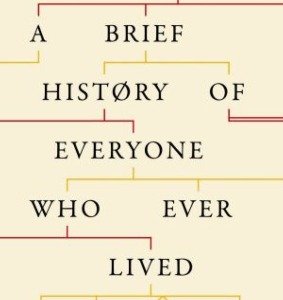
The search for eternal youth has evaded humans for millennia. Recent research suggests that changes to our epigenome (the molecular structures that bind to DNA and act as gatekeepers to our genes) might help in the quest. Epigenetic signatures are established during embryonic development and define cell type and function, as well as susceptibility to disease. Evidence now suggests that these signatures calibrate with biological age – a phenomenon known as “the epigenetic clock”. As epigenetic “noise” accumulates over time and disrupts more “youthful” patterns of gene expression, cellular function and capacity to regenerate decline.
Late last year, researchers at Harvard Medical School published a series of studies in Nature examining whether cells retain any memory of their more youthful epigenetic state, and, if so, whether they can be manipulated to return to it. Through experiments conducted on mice and human cells, the researchers provided convincing new evidence that traits related to ageing in complex tissues can be safely reversed, via processes that modify the epigenome.
We know that exposing cells to a special group of four “transcription factors” (proteins involved in switching genes on and off), known as the Yamanaka factors, can return cells to the most youthful state of all: an embryonic stem cell. The Harvard researchers used only three Yamanaka factors (referred to as the OSK factors), the fourth being associated with tumour growth. They focused on cells in the central nervous system, because the ageing process in mammals particularly impacts these cell types.
They observed that injured optic nerve cells from mice showed a renewed capacity to regenerate after exposure to the OSK factors; exposure was also shown to reverse the effects of injury in human neurons. Crucially, these results suggest that the changes were driven by the impact of the OSK factors on the epigenome of the injured and old cells. The researchers, in other words, were turning back the clock, showing that age-related disease and degeneration can be reversed by manipulating the epigenome.
This piece is a preview from the Witness section of New Humanist spring 2021. Subscribe today.

